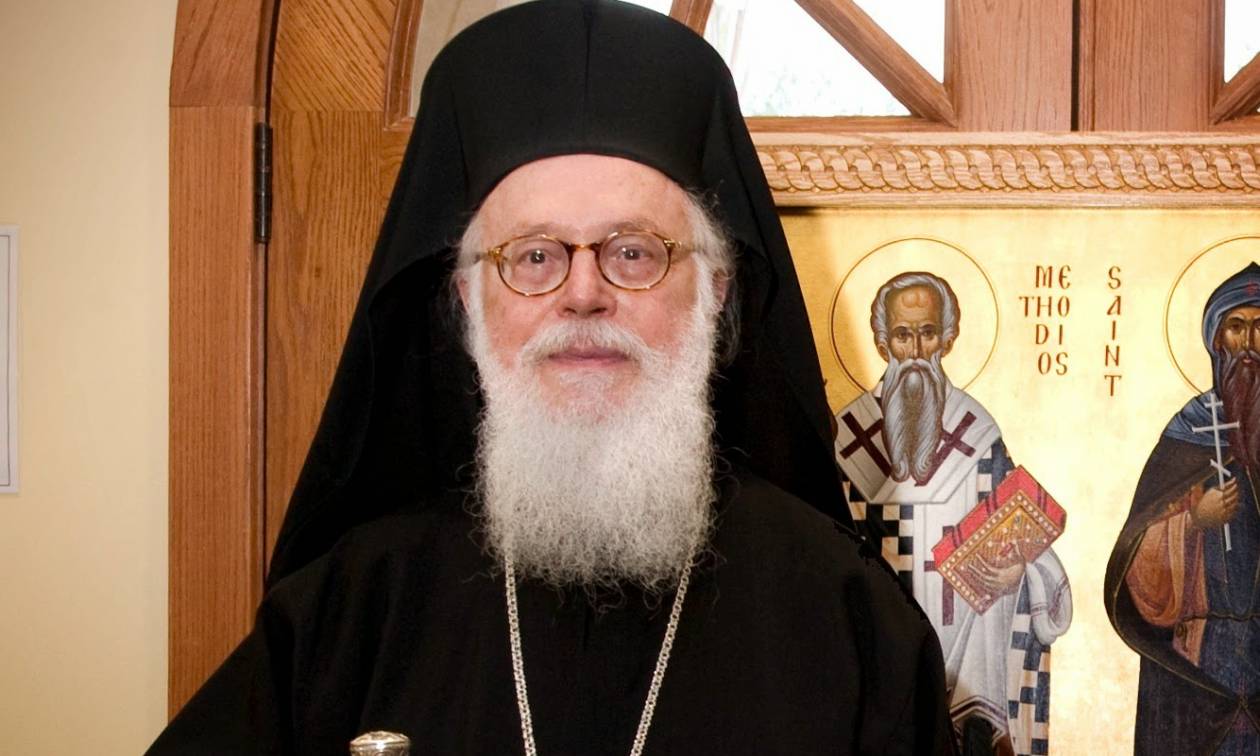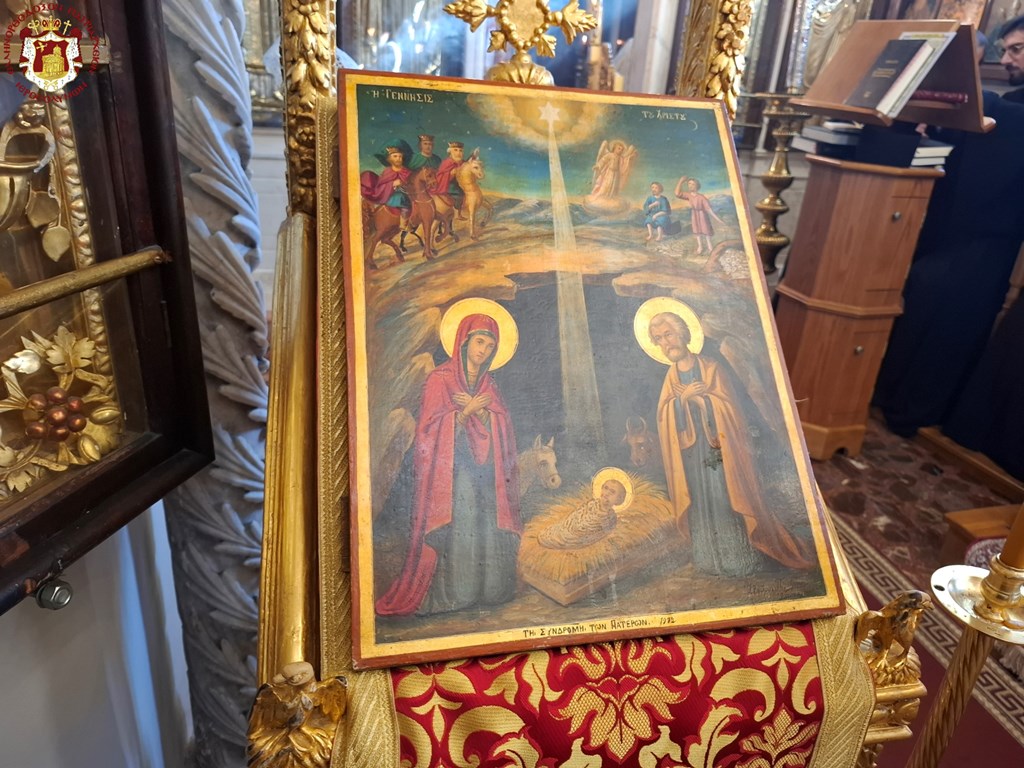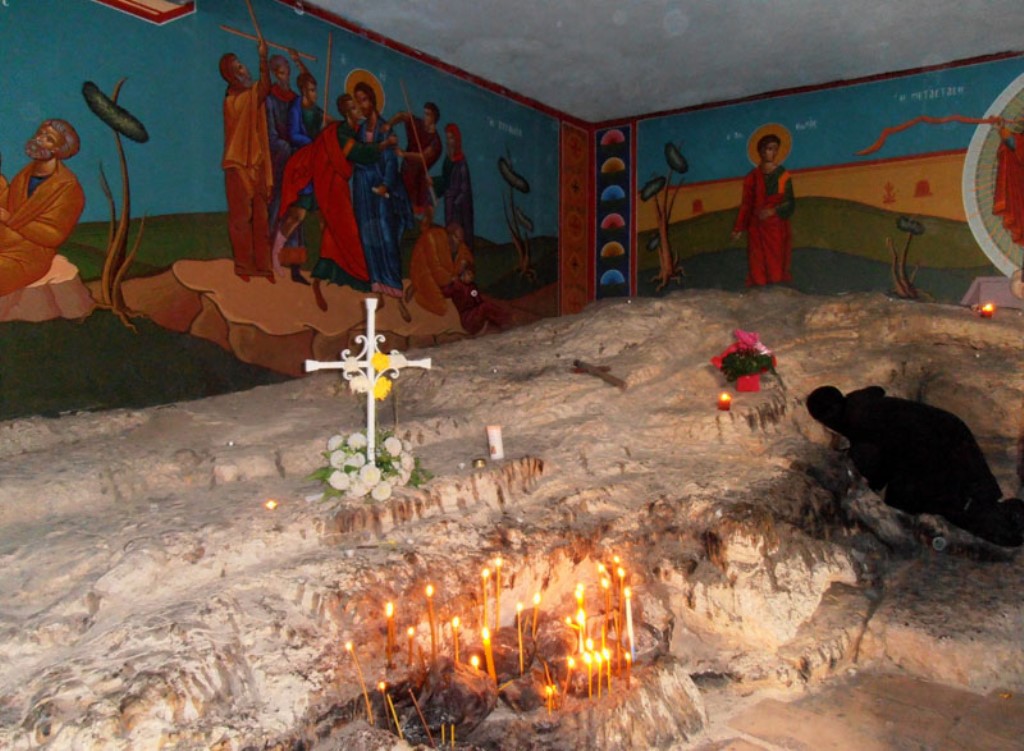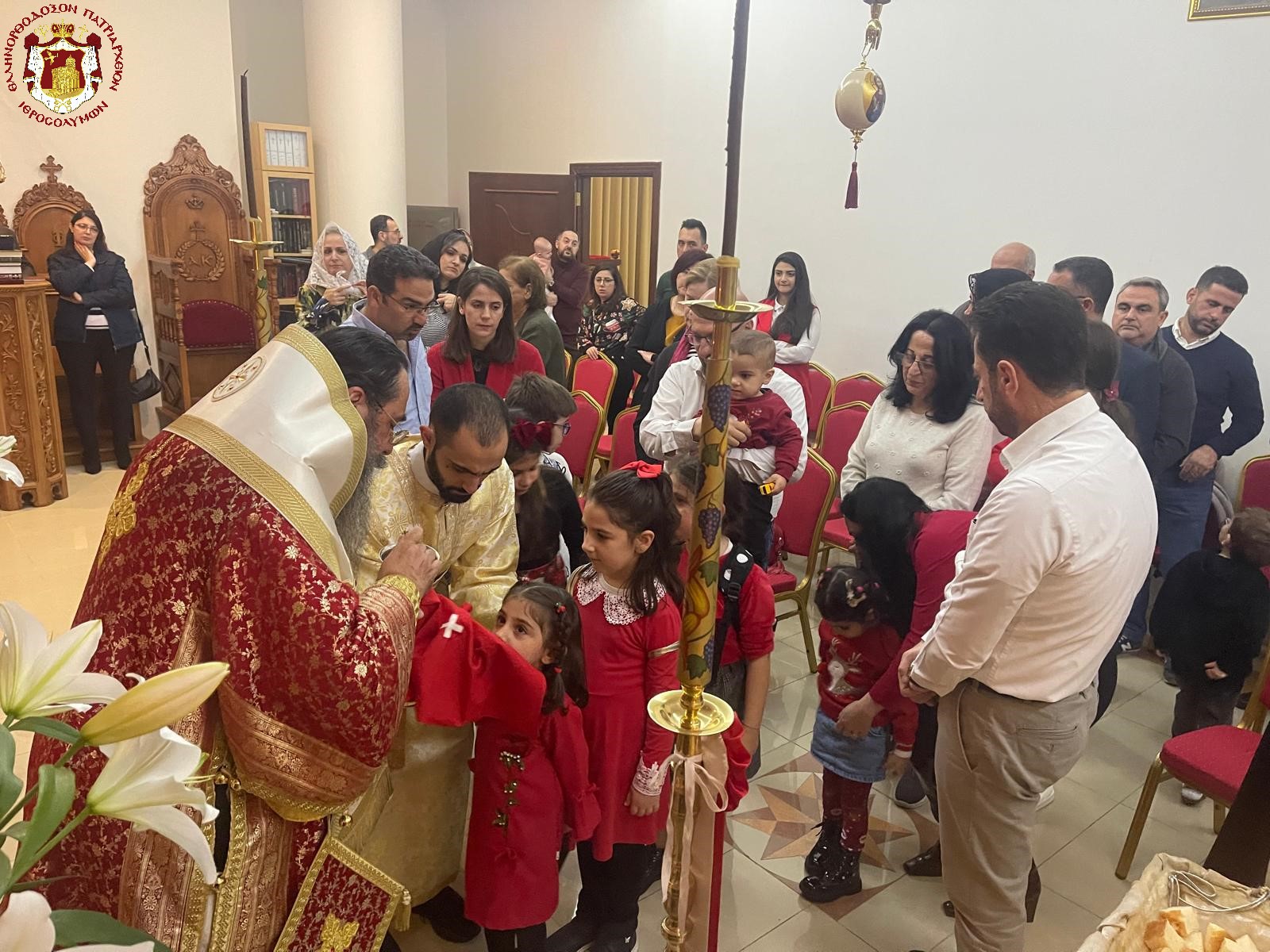The Conception by Righteous Anna of the Most Holy Mother of God (9 December)
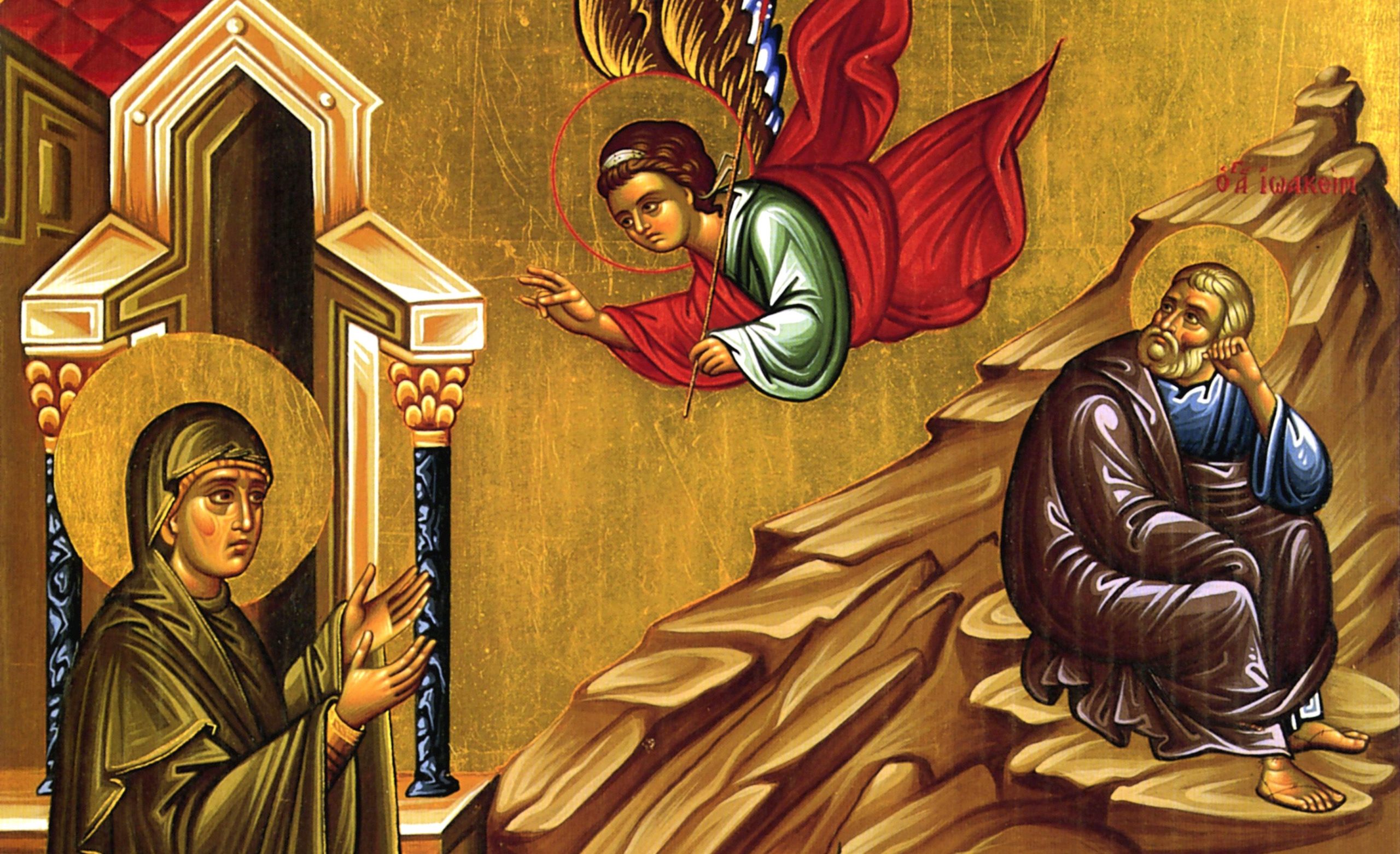

Saint Anna, the mother of the Virgin Mary, was the youngest daughter of the priest Nathan from Bethlehem, descended from the tribe of Levi. She married Saint Joachim (September 9), who was a native of Galilee.
For a long time Saint Anna was childless, but after twenty years, through the fervent prayer of both spouses, an angel of the Lord announced to them that they would be the parents of a daughter, Who would bring blessings to the whole human race.
The Orthodox Church does not accept the teaching that the Mother of God was exempted from the consequences of ancestral sin (death, corruption, sin, etc.) at the moment of her conception by virtue of the future merits of Her Son. Only Christ was born perfectly holy and sinless, as Saint Ambrose of Milan teaches in Chapter Two of his Commentary on Luke. The Holy Virgin was like everyone else in Her mortality, and in being subject to temptation, although She committed no personal sins. She was not a deified creature removed from the rest of humanity. If this were the case, She would not have been truly human, and the nature that Christ took from Her would not have been truly human either. If Christ does not truly share our human nature, then the possibility of our salvation is in doubt.
The Conception of the Virgin Mary by Saint Anna took place at Jerusalem. The many icons depicting the Conception by Saint Anna show the Most Holy Theotokos trampling the serpent underfoot.
“In the icon Saints Joachim and Anna are usually depicted with hands folded in prayer; their eyes are also directed upward and they contemplate the Mother of God, Who stands in the air with outstretched hands; under Her feet is an orb encircled by a serpent (symbolizing the devil), which strives to conquer all the universe by its power.”
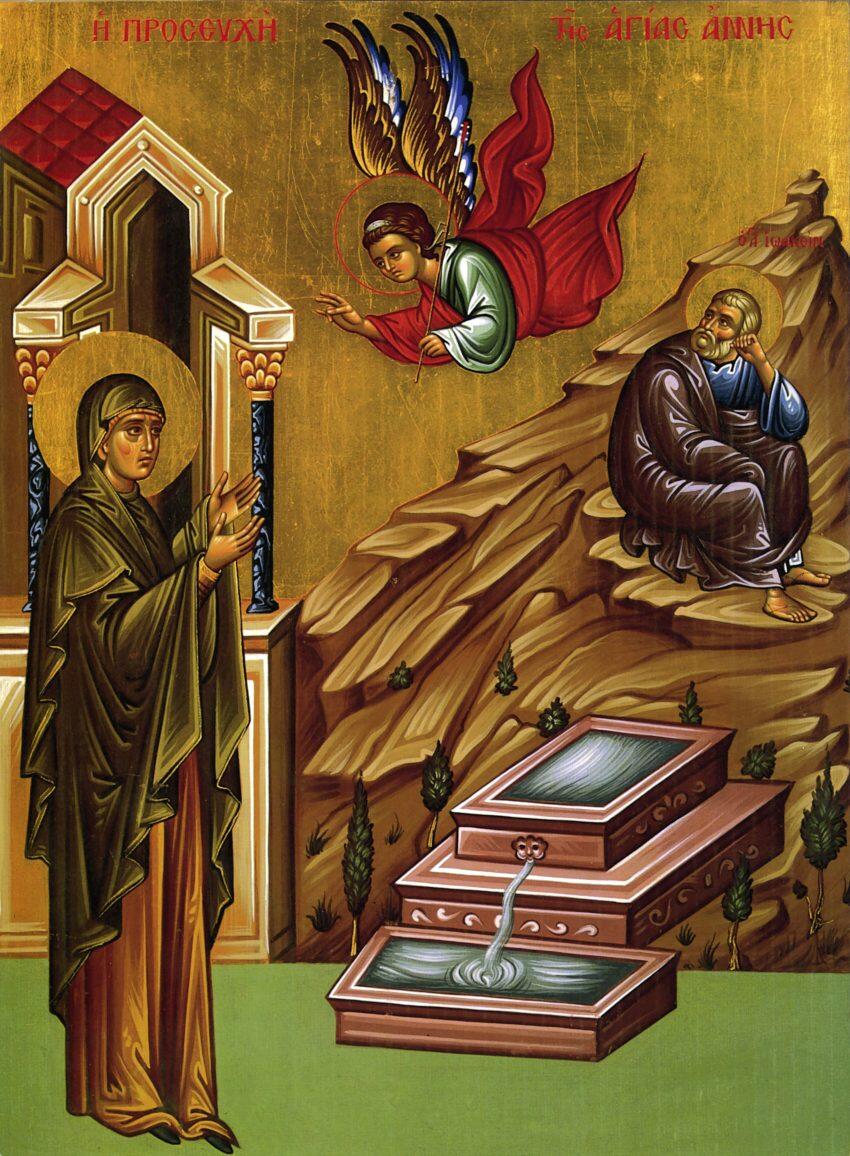

There are also icons in which Saint Anna holds the Most Holy Virgin on her left arm as an infant. On Saint Anna’s face is a look of reverence. A large ancient icon, painted on canvas, is located in the village of Minkovetsa in the Dubensk district of Volhynia diocese. From ancient times this Feast was especially venerated by pregnant women in Russia.
According to the ancient tradition of the Church, since Saint Anna, the Ancestor of God, was barren, she and her husband Joachim remained without children until old age. Therefore, sorrowing over their childlessness, they besought God with a promise that, if He were to grant them the fruit of the womb, they would offer their offspring to Him as a gift. And God, hearkening to their supplication, informed them through an Angel concerning the birth of the Virgin. And thus, through God’s promise, Anna conceived according to the laws of nature, and was deemed worthy to become the mother of the Mother of our Lord (see also Sept. 8).
The righteous Joachim and Anna were childless for fifty years of their married life. In their old age the Archangel Gabriel appeared to each one of them separately, telling them that God had heard their prayers and that they would give birth to a daughter, Mary. Then St. Anna conceived by her husband and after nine months bore a daughter blessed by God and by all generations of men: the Most-holy Virgin Mary, the Theotokos. (For more details, see September 9.)
Apolytikion of Conception of the Theotokos
Fourth Tone
Against all hope, the bonds of barrenness are loosed today. For, God has hearkened unto Joachim and Anna clearly promising that they would bear a godly maiden. He who commanded the angel to cry out to her, “Hail, full of grace, the Lord is with you,” will be born of her, the infinite One Himself, becoming man.
Kontakion of Conception of the Theotokos
Fourth Tone
Today the world rejoices in the conception of Anna, wrought by God. For she bore the One who beyond comprehension conceived the Logos.
Source: oca.org / goarch.org / westserbdio.org

